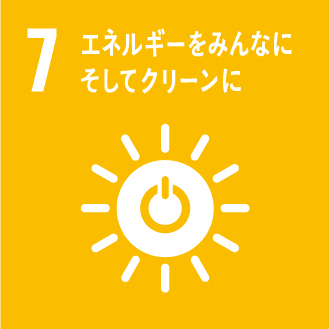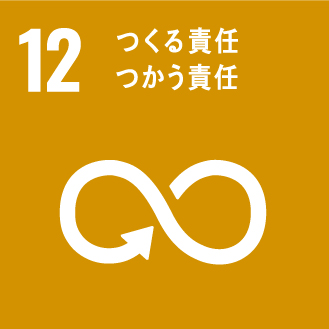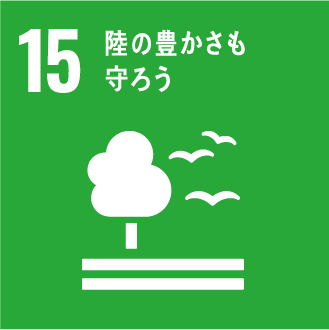
PROJECT
HUSKEY
Co-founded HUSKEY, leading its design and intellectual property development.

WHY
Massive Greenhouse Gas
Footprint of Rice Cultivation.
Since rice farming was introduced from the continent about 3,000 years ago, rice has remained Japan’s staple food, and about half of the world’s population relies on it as a dietary mainstay. Yet few people realize the scale of its environmental impact. Agriculture and forestry account for about one-quarter of global greenhouse gas emissions, and rice cultivation is the second-largest source after livestock.
Global GHG emissions from agriculture and forestry

Annual Production of Rice Husk (Worldwide and Japan)

During cultivation, paddy fields release large amounts of methane, 25 times more potent than carbon dioxide as a greenhouse gas. In addition, more than 100 million tons of rice husks are generated worldwide each year—about 2 million tons in Japan alone—and are typically incinerated, releasing massive amounts of CO₂. Despite being essential to humanity, rice farming’s greenhouse gas footprint is rarely recognized. Rethinking this cycle and shifting toward sustainable agriculture is one of the key challenges for the future of our species.
HOW
Achieving Carbon Sequestration by
Turning Rice Husks into
Biochar with Ultra Efficiency.

HUSKEY is a startup transforming discarded rice husks into high-performance biochar. With its proprietary, continuously operating carbonization system and expertise in microorganisms, the company is implementing biochar on a societal scale to realize sustainable circular agriculture. Founded by Issei Oura and Takayuki Nishigaki—graduates of “School of Evolution,” where the founder of NOSIGNER, Eisuke Tachikawa, teaches “Evolutional Creativity”—Tachikawa also joined as director and CDO to lead design and innovation support.
Biochar, which can store carbon in soil over the long term, offers a sustainable use for the huge volumes of husks generated by rice cultivation. Rice-husk biochar not only suppresses CO₂ emissions but also has high water retention, aeration, and porosity, creating habitats for microorganisms and reducing the need for chemical fertilizers.
While traditional carbonization (smoldering) of rice husks dates back thousands of years, it is considered economically inefficient in modern rice farming. Large-scale, stable, and efficient equipment is essential for processing the enormous volume of husks. Conventional systems are fragile and difficult to scale, but HUSKEY has invented a breakthrough mechanism, advancing both its intellectual property and real-world deployment. Through ongoing research into high-function microorganisms, the company is improving biochar quality, running field trials, and working not only toward carbon credits but truly sustainable agriculture in harmony with the planet.
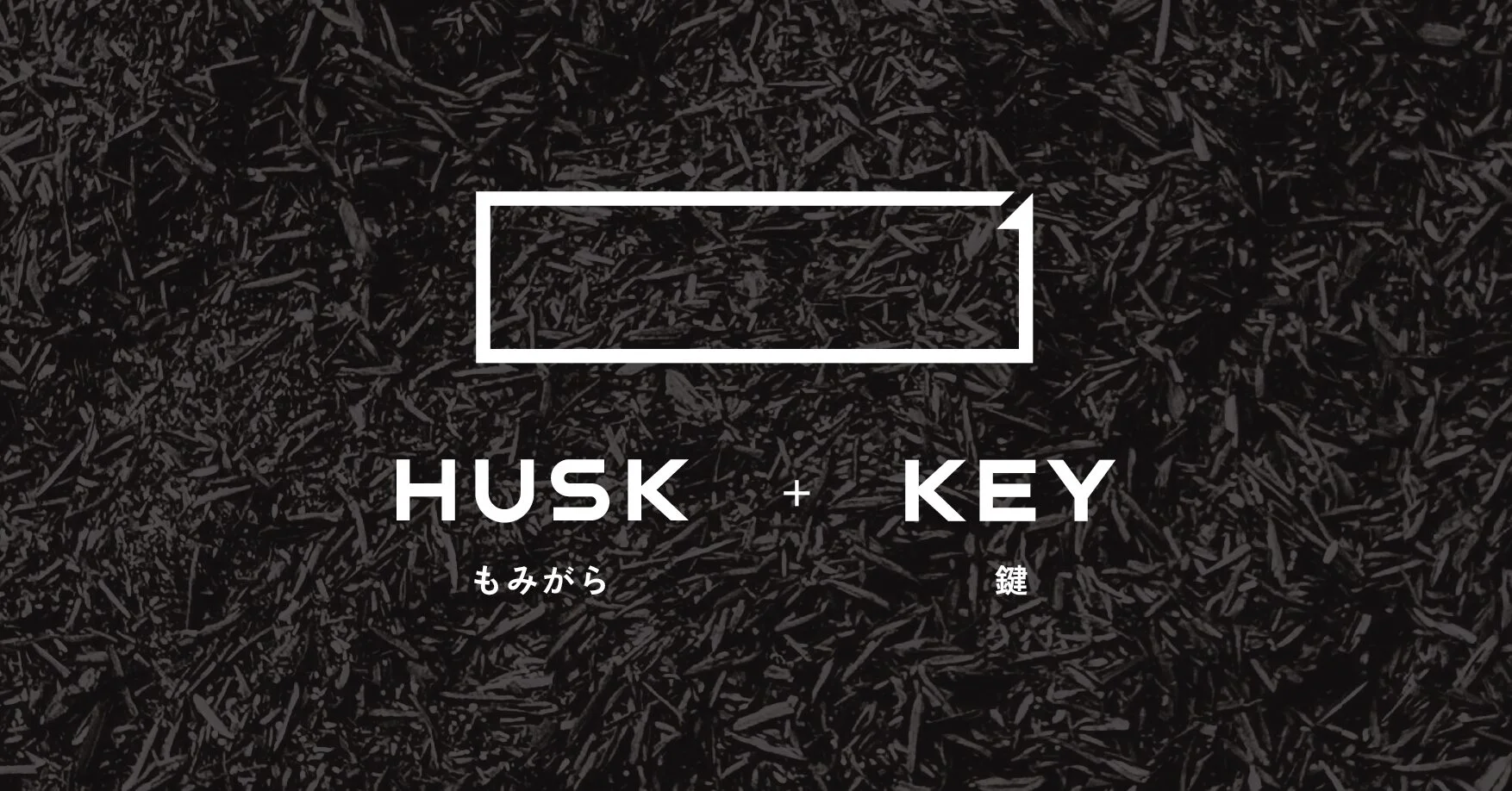
The name HUSKEY embodies the company’s vision of transforming “HUSK” into the “KEY” to a circular society, aligning with the robust presence of its carbonization system. The logo uses a strong, “steampunk”- and “industrial”-inspired design with a counter-clockwise arrow to symbolize reversing time and returning carbon to the earth.
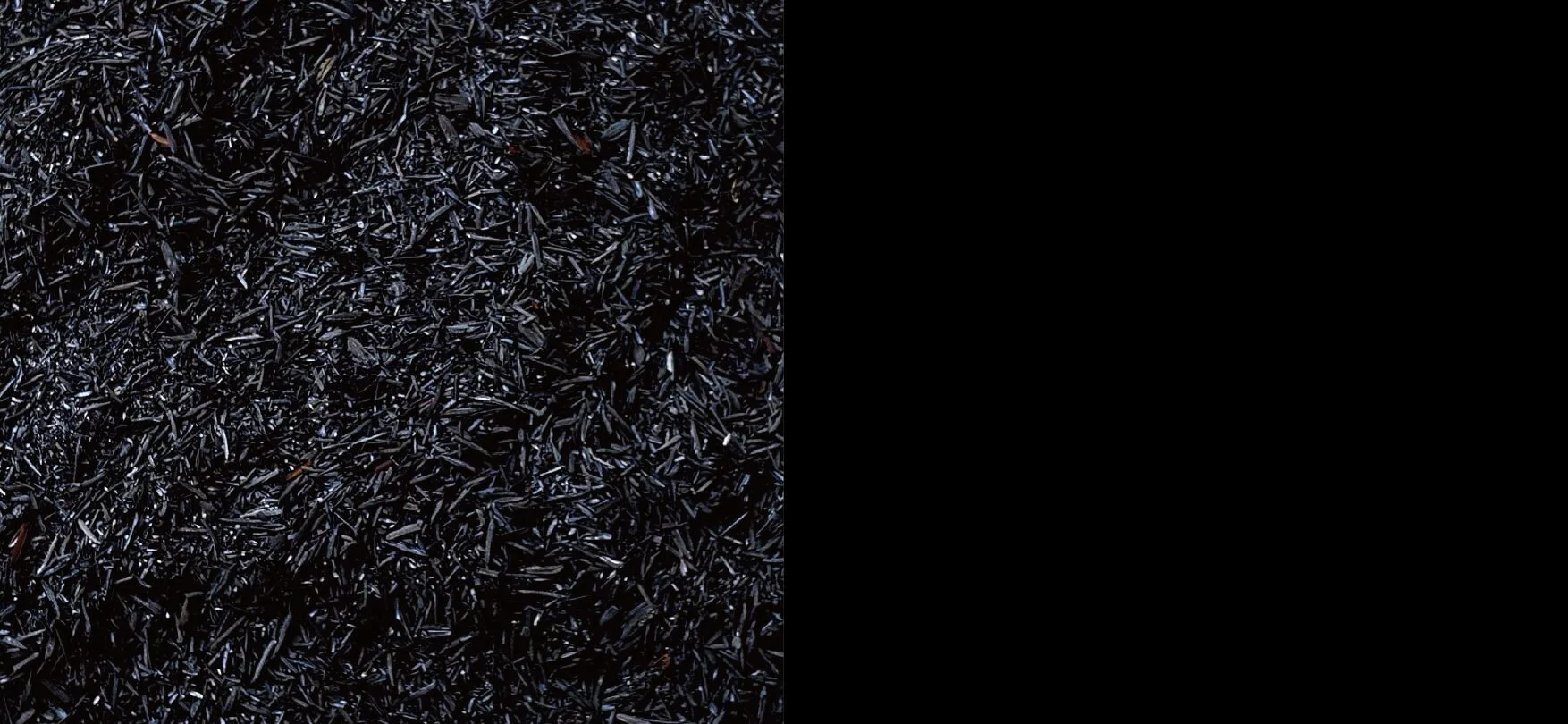
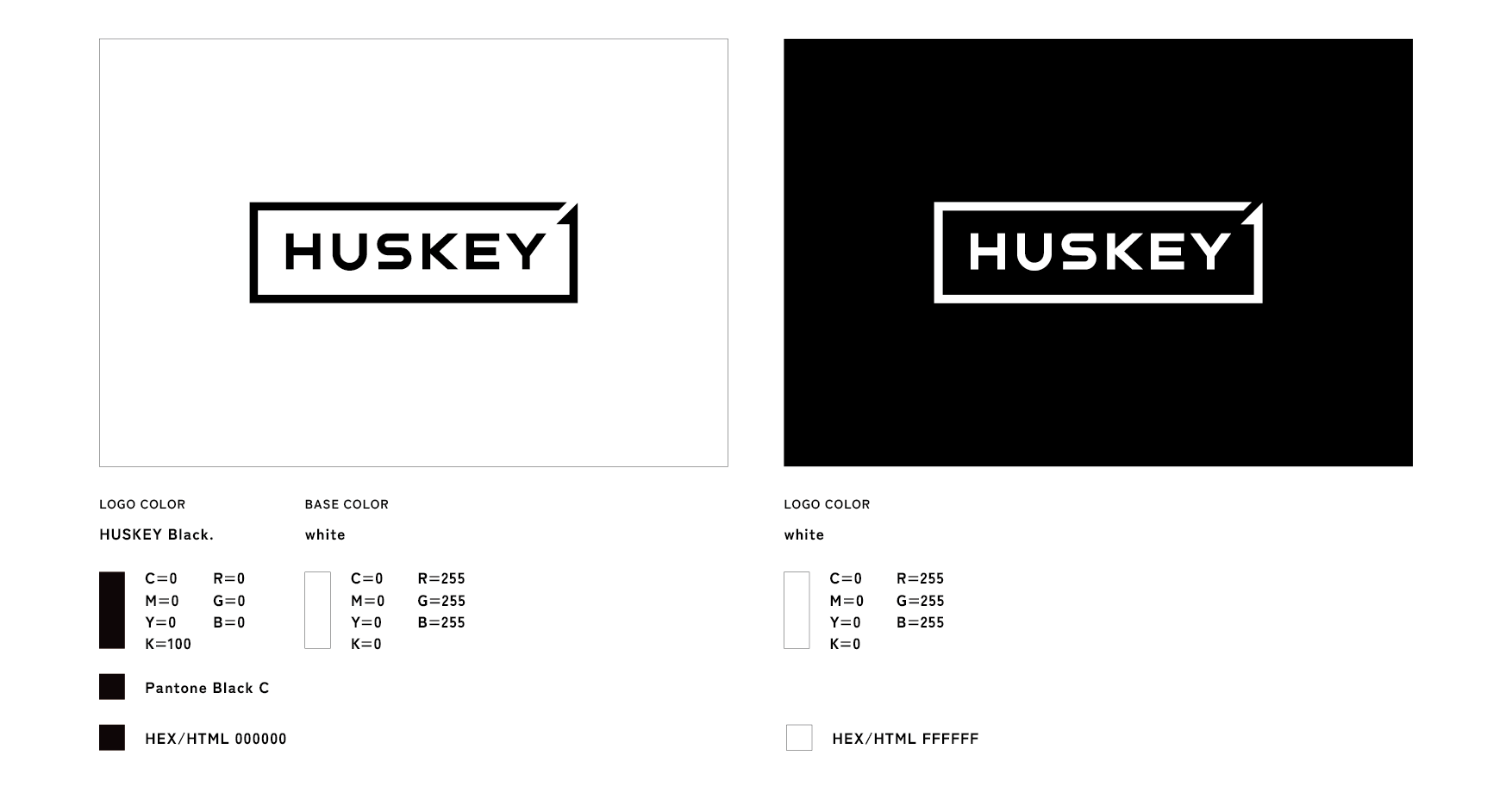
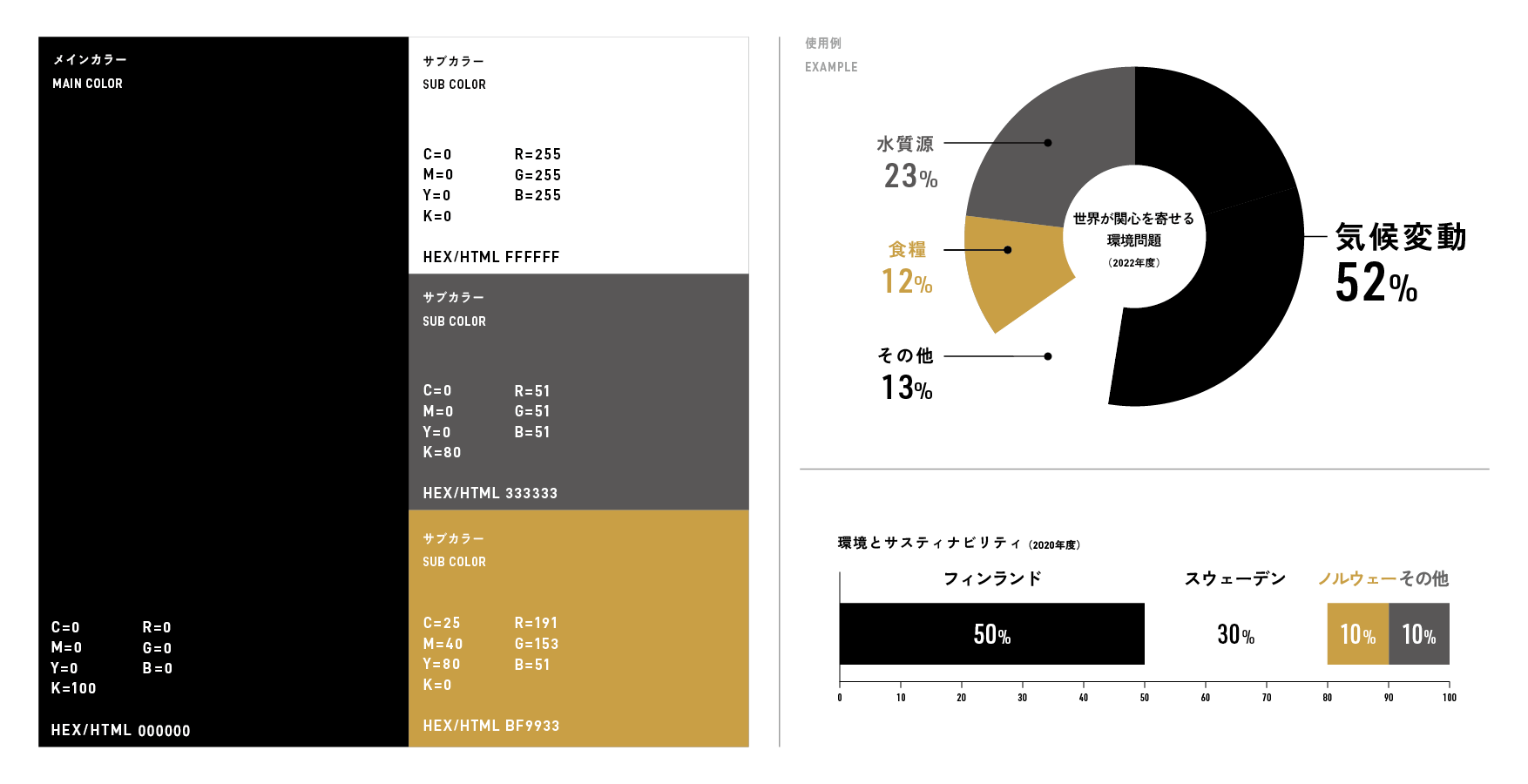
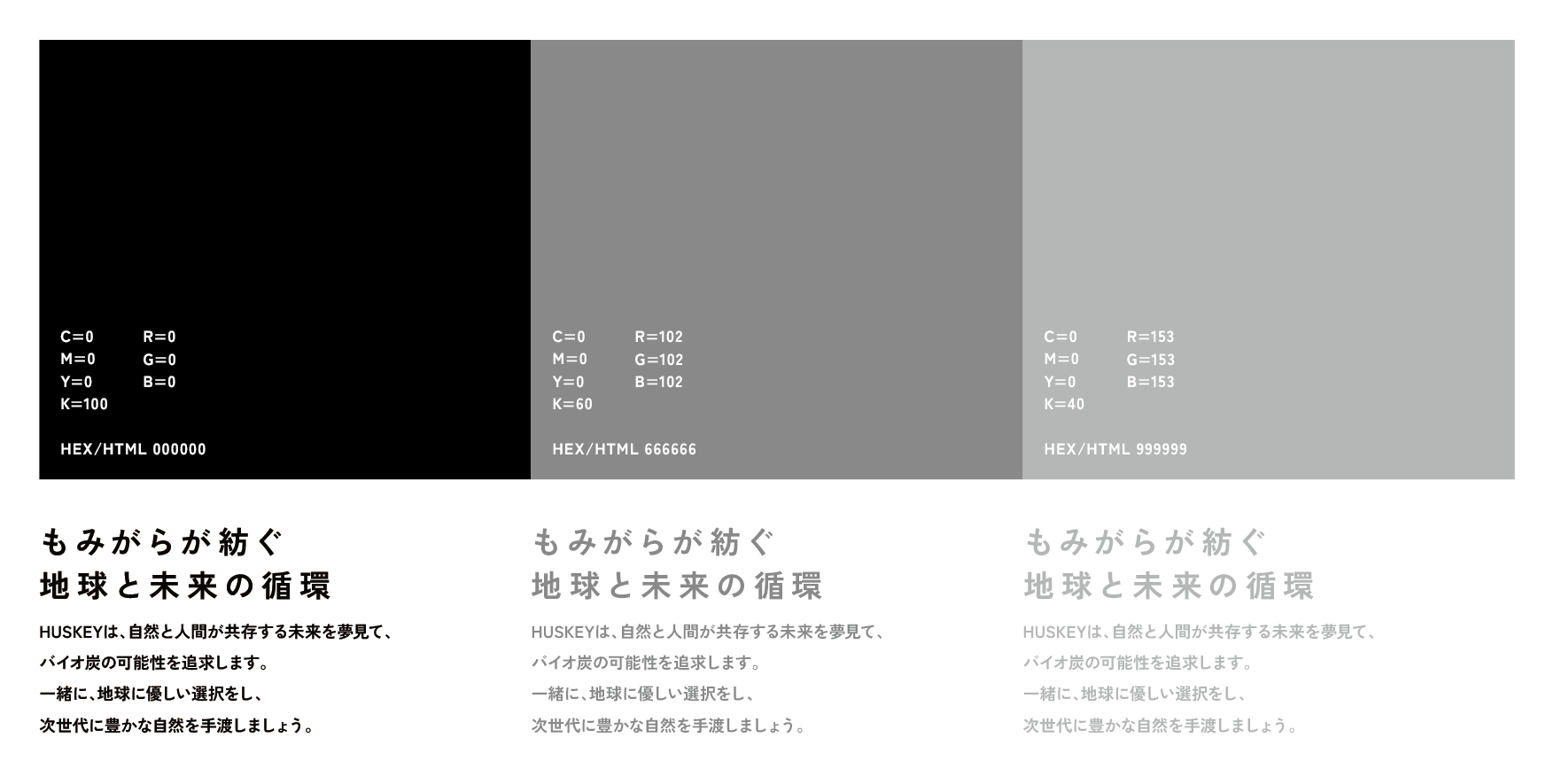
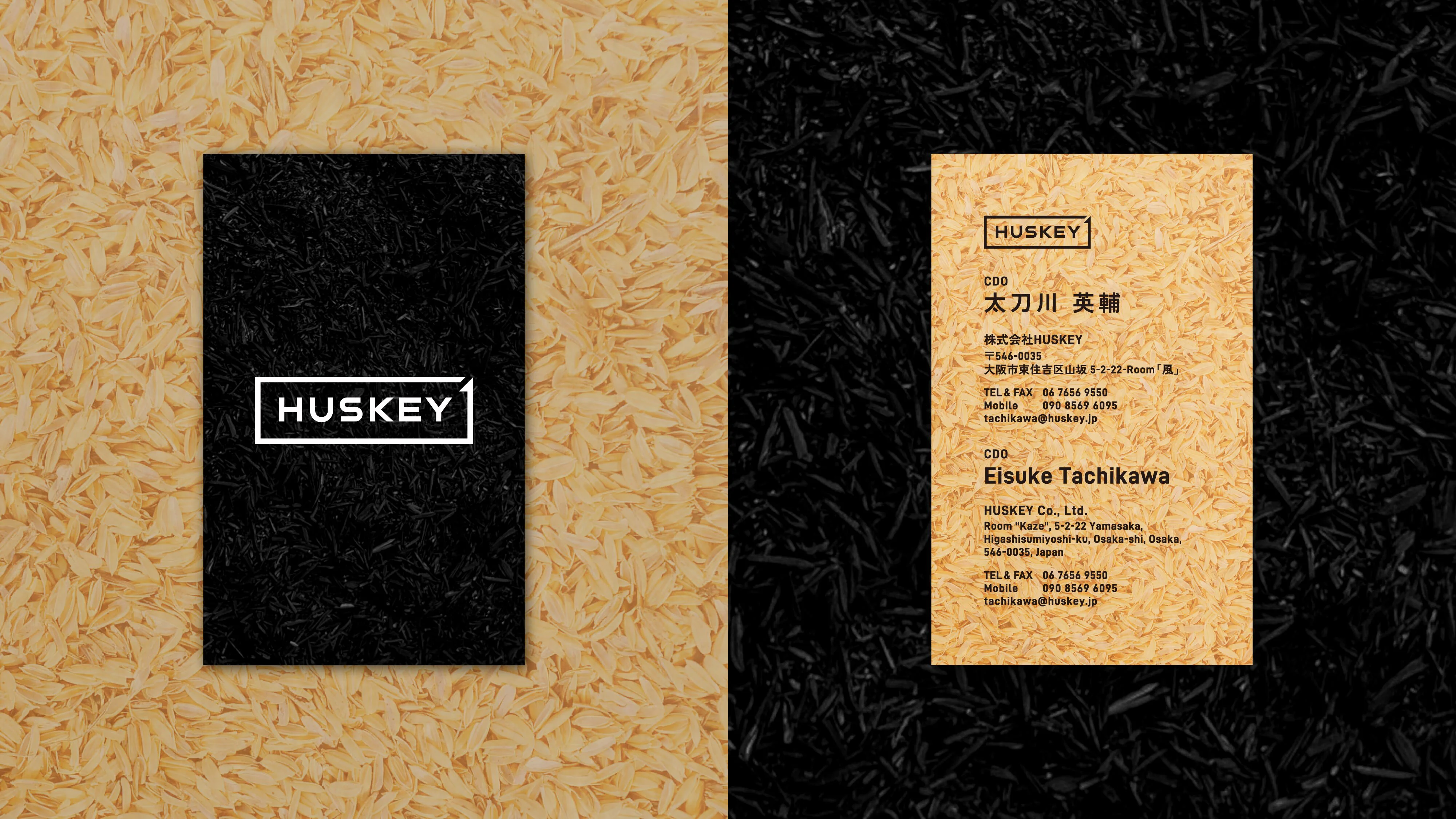
Communication tools such as business cards and Zoom backgrounds come in two versions—yellow for rice husks and black for biochar—to make the transformation clear. Even the business cards use paper made from discarded rice, reflecting HUSKEY’s commitment to sustainability.
WILL
Creating Sustainable Communities
Through Rice Carbon Cycling.
Demonstration projects using HUSKEY’s rice husk carbonization system and high-performance biochar are already underway on farmland in Japan and overseas, achieving both pesticide-free cultivation and dramatic yield increases for certain crops. HUSKEY’s strength lies in producing top-quality biochar through extensive microbial research while also scaling up and improving efficiency with its new equipment, enabling high-capacity processing of massive amounts of rice husks. A patent has been filed to containerize the system for deployment across vast agricultural areas, and further development is ongoing.
By expanding HUSKEY’s technology domestically and internationally, we aim to accelerate the carbon cycle of rice cultivation and contribute to sustainable community building.
INFORMATION
- What
- HUSKEY
- When
- 2024
- Where
- Japan
- Client
- HUSKEY Co., Ltd.
- Scope
- Branding / Branding stationary / Logo / CI Guideline / Packaging / Naming / Business card / Slide format / Product / Web / Web and Front End / ZOOM Background Design / Concept Development
- SDGs
CREDIT
- Art Direction
- NOSIGNER (Eisuke Tachikawa)
- Graphic Design
- NOSIGNER (Eisuke Tachikawa, Sakura Ito, Keyaki Kanezashi)
- Product Design
- NOSIGNER (Eisuke Tachikawa, Mahiro Kobayashi)
- Web Design
- NOSIGNER (Eisuke Tachikawa, Keyaki Kanezashi)
